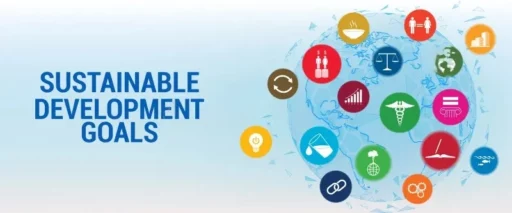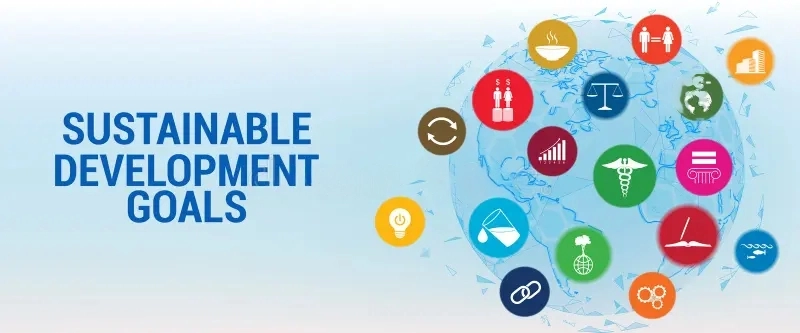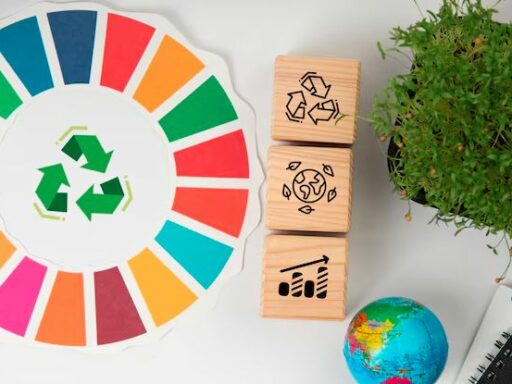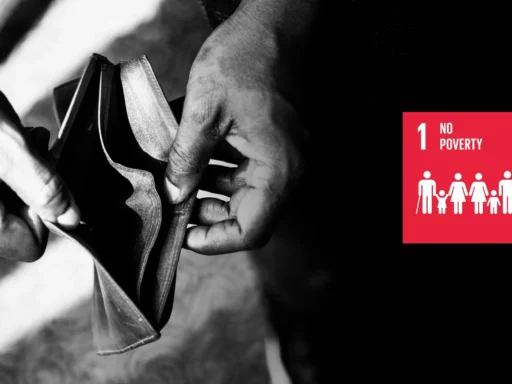The 17 Sustainable Development Goals (SDGs) are a collection of global goals. They were established by the United Nations Member States in 2015 as part of the 2030 Agenda for Sustainable Development. These goals serve as a worldwide call to action to eradicate poverty, safeguard the environment, and ensure that all people live in peace and prosperity by 2030. The 17 SDGs address a wide variety of social, economic, and environmental challenges. They are intended to complement one another to promote global change. In this blog, we will look at the history, relevance, and full description of each of these 17 goals. We will also explore how they work together to provide a roadmap for a sustainable future.
History of the 17 SDGs
The UNs Conference on Sustainable Development, held in Rio de Janeiro in 2012, gave rise to the notion of SDGs. The purpose was to develop a list of global goals that addressed the most serious issues confronting mankind and the earth. The SDGs drew on the achievement of the Millennium Development Goals (MDGs). The MDGs were eight objectives set in 2000 to combat global poverty. However, the SDGs go beyond the MDGs by taking a broader approach to sustainability. They tackle the core causes of poverty, inequality, and environmental degradation.
Following extensive consultations with governments, civil society, and other stakeholders, the 193 United Nations Member States overwhelmingly accepted the 17 SDGs. These goals are now part of the 2030 Agenda for Sustainable Development. This agenda serves as a worldwide roadmap for peace and prosperity. It recognizes that eliminating poverty in all of its forms. It also dimensions is the most pressing global problem and a necessary condition for long-term development.
Importance of the 17 SDGs
The 17 SDGs are critical to ensuring a sustainable future for all. They acknowledge the interconnectedness of the world’s difficulties, realizing that development in one area frequently depends on progress in others. For example, enhancing health and education results (SDGs 3 and 4) can help to reduce poverty (SDG 1) and promote gender equality (SDG 5). Similarly, SDG 8 (sustainable economic growth) is inextricably related to SDG 12 (responsible consumption and production). It is also closely connected to SDG 14 and 15 (protection of life on land and underwater).
The SDGs also underline the need for global collaboration. They acknowledge that accomplishing these objectives requires the cooperation of governments, the private sector, civil society, and individuals. They give a single vision and language for all stakeholders, making it easier to synchronize efforts and track progress.
The 2030 Agenda for Sustainable Development
The 2030 Agenda is a worldwide framework for achieving the 17 SDGs by 2030. It is founded on the ideas of universality, inclusion, and leaving no one behind. The agenda promotes a comprehensive approach to sustainable development that incorporates economic growth, social inclusion, and environmental conservation.
The 2030 Agenda emphasizes the necessity of monitoring and accountability. Countries are urged to adopt national strategies and action plans to achieve the SDGs. They are also encouraged to report progress through voluntary national assessments. This method aids in identifying best practices, addressing obstacles, and ensuring that activities are on track to accomplish the 2030 goals.
Overview of the 17 SDGs
Each of the 17 SDGs focuses on a specific area of sustainable development. Below is a brief overview of each goal:
SDG 1: No Poverty
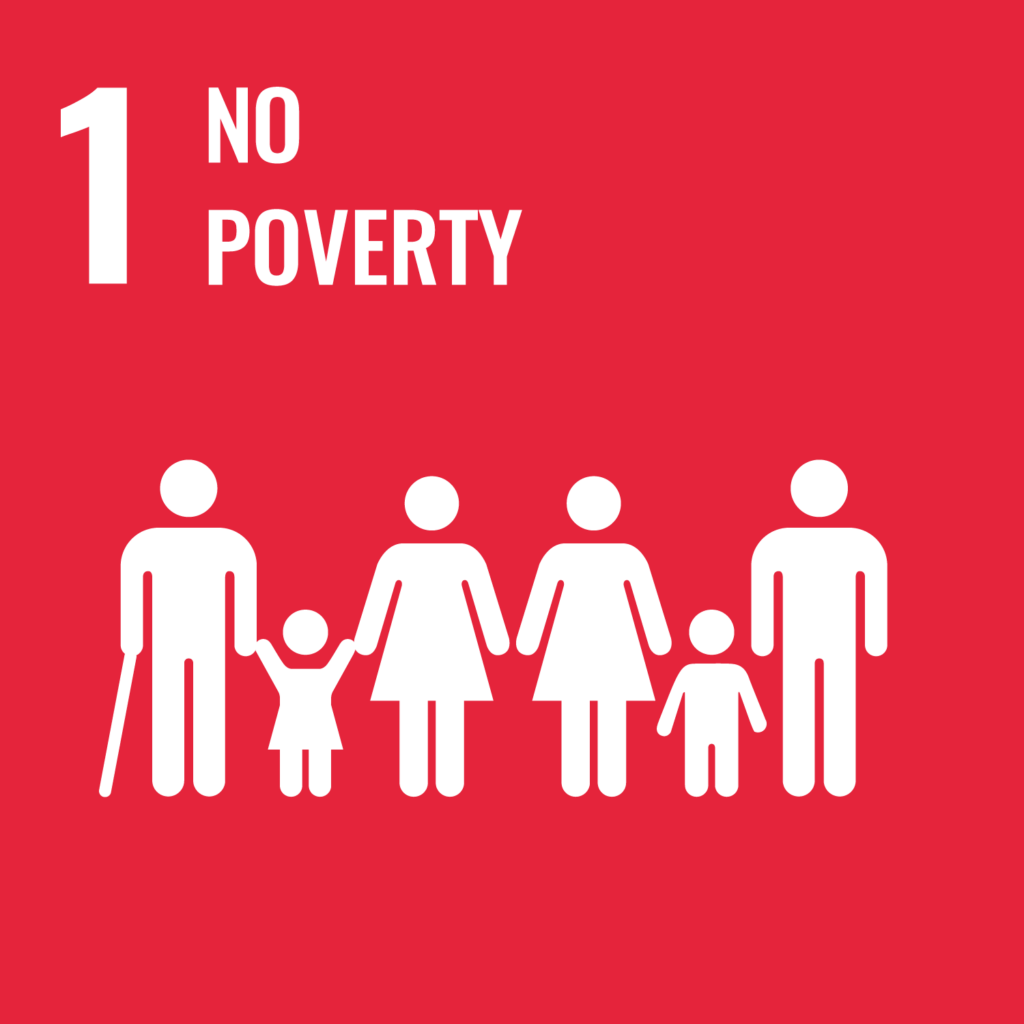
This goal aims to eliminate poverty in all of its manifestations worldwide. It advocates for steps to guarantee that all people, particularly the most vulnerable, have access to basic resources and services, as well as to strengthen resilience to economic, social, and environmental shocks.
SDG 2: Zero Hunger
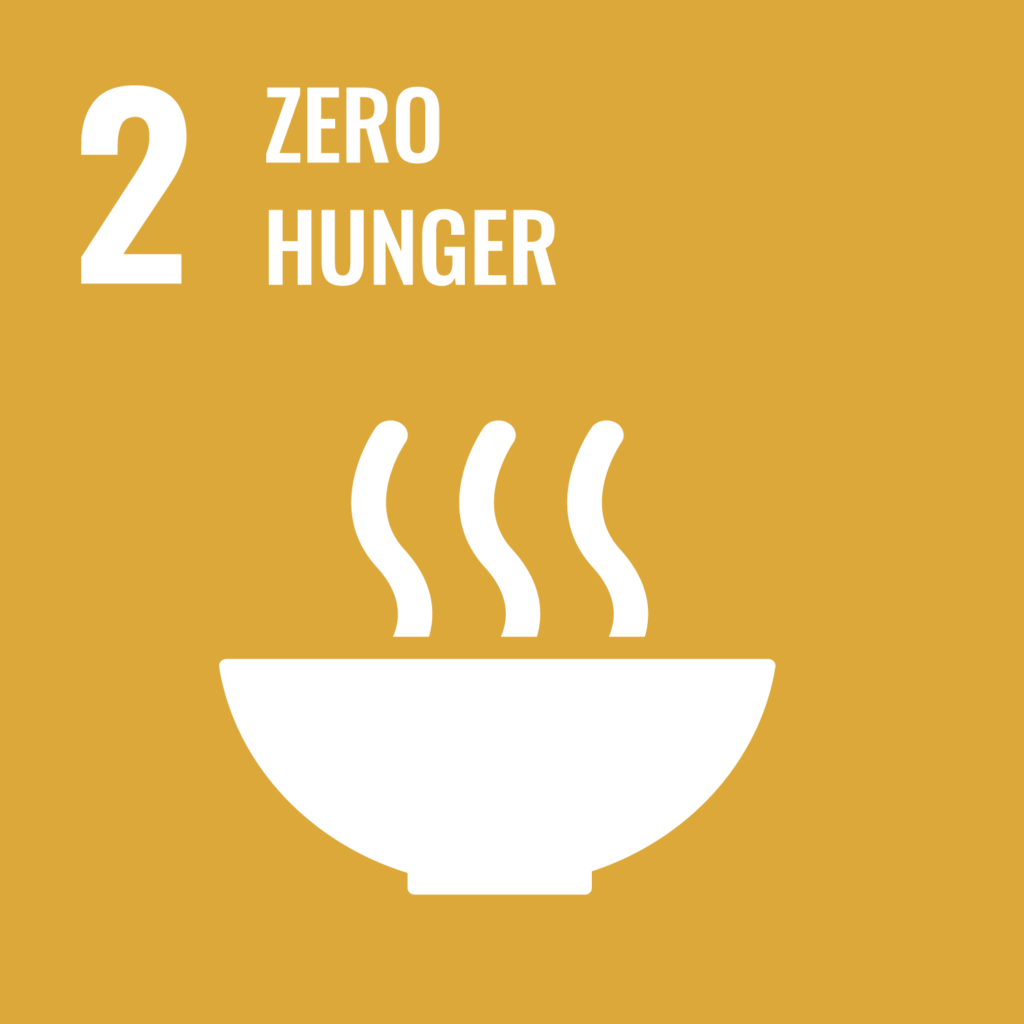
This objective aims to eliminate hunger, provide food security, and promote sustainable agriculture. It highlights the need of providing adequate and healthy food for all people, as well as supporting small-scale farmers and sustainable farming techniques.
SDG 3: Good Health and Wellbeing
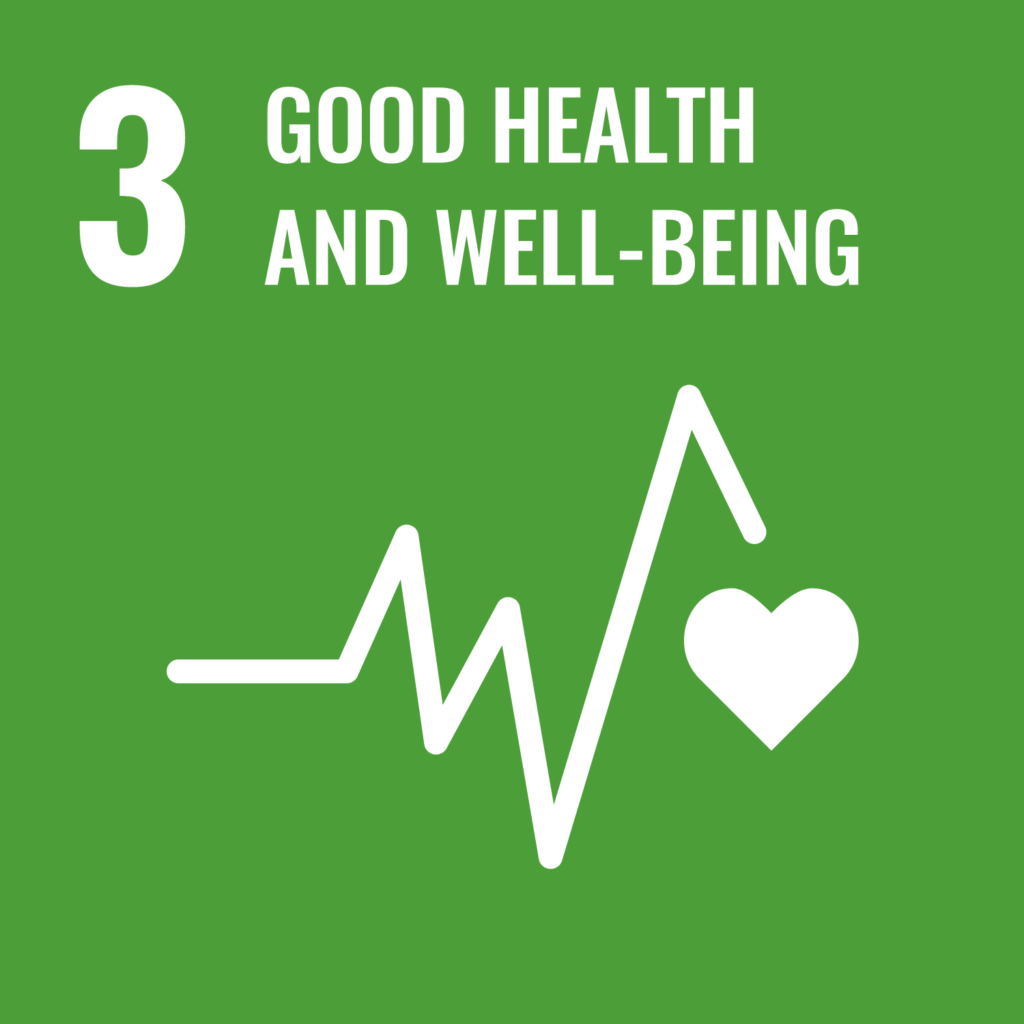
SDG 3 aspires to guarantee healthy lifestyles and promote well-being for people of all ages. It tackles a variety of health concerns, including as maternity and child health, infectious illnesses, noncommunicable diseases, and access to healthcare services.
SDG 4: Quality Education
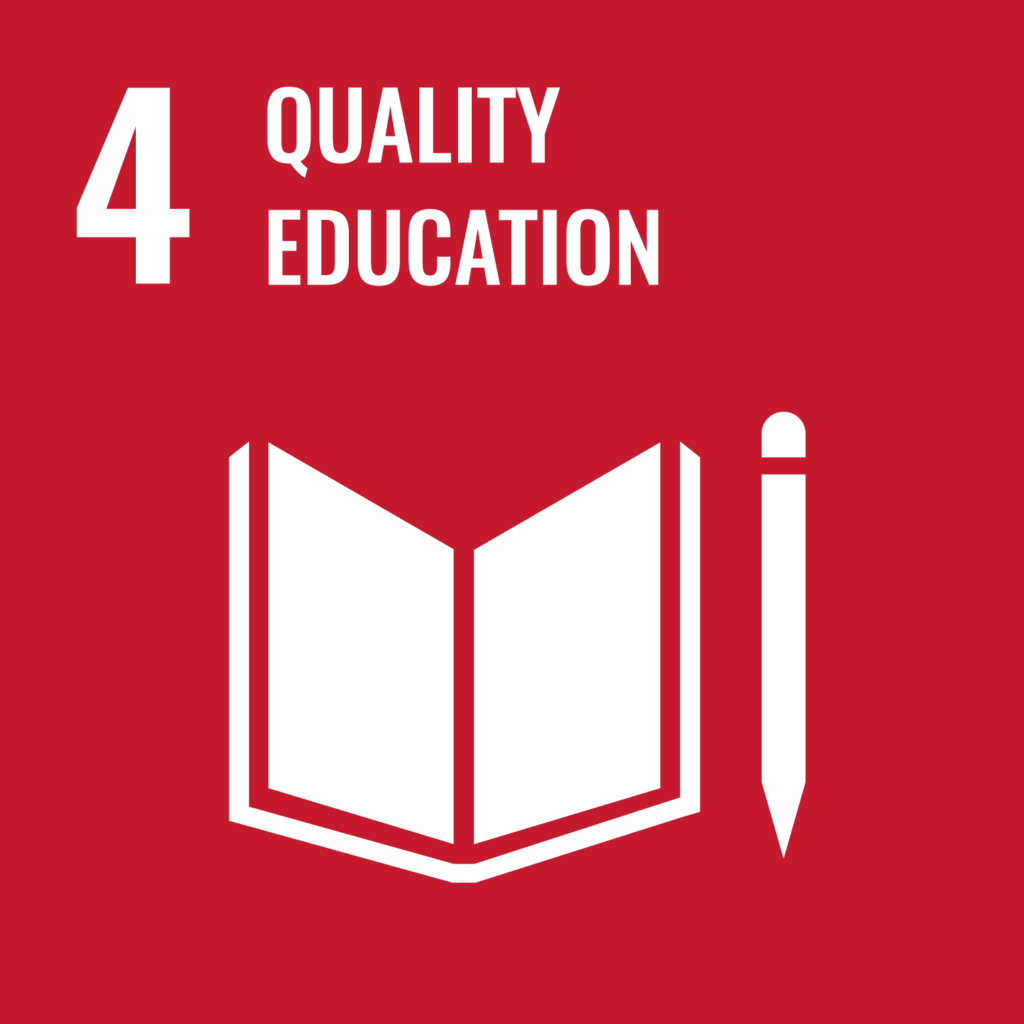
The purpose is to provide all students with an inclusive and equitable quality education, as well as to encourage lifetime learning possibilities. It highlights the value of providing free, high-quality basic and secondary education, as well as equitable access to further education and vocational training.
SDG 5: Gender Equality
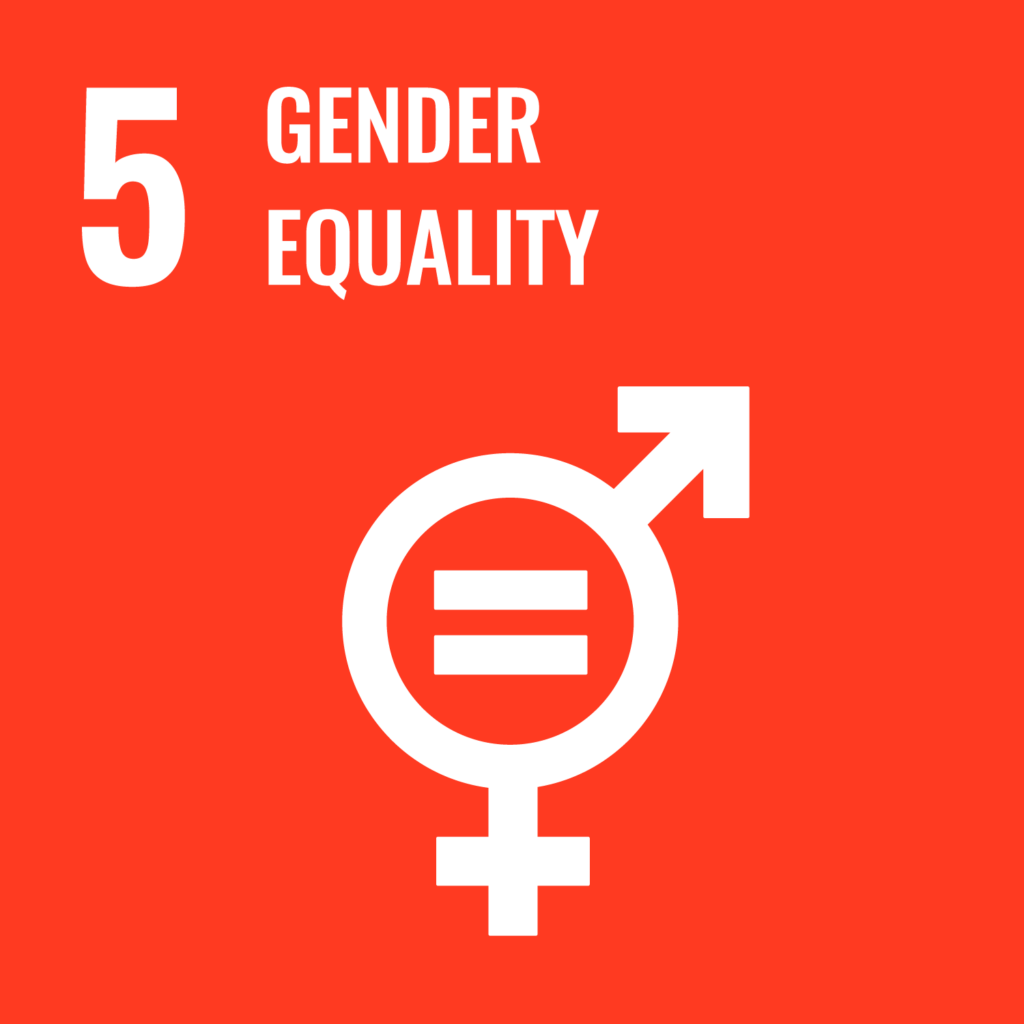
The goal is to establish gender equality and empower all women and girls. It advocates for the elimination of all types of discrimination, violence, and harmful behaviors against women and girls, as well as the promotion of equal rights and opportunities in all aspects of life.
SDG 6, Clean Water and Sanitation
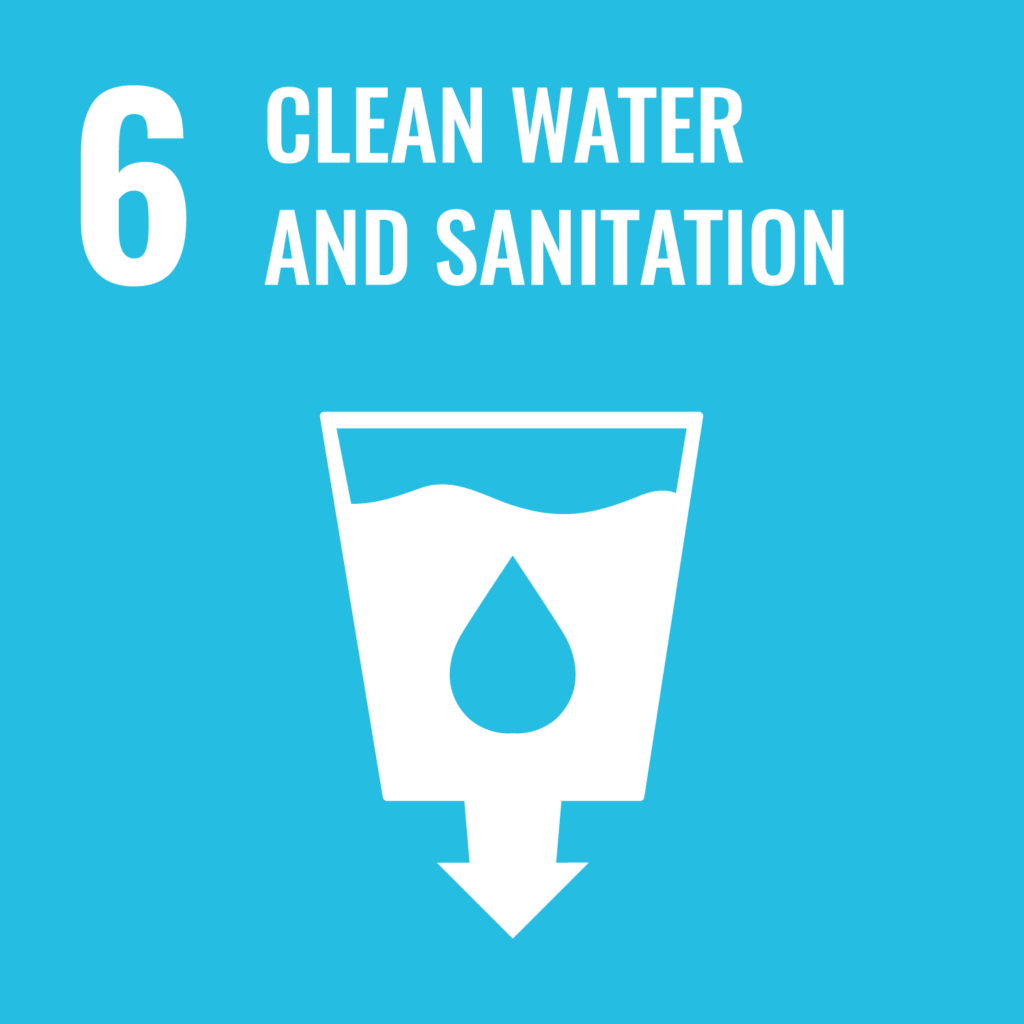
This aim is focused on ensuring universal access to water and sanitation, as well as sustainable management of these resources. It underlines the need of providing clean and cheap drinking water, proper sanitation and hygiene services, as well as the protection and restoration of water-related ecosystems.
SDG 7: Affordable and Clean Energy.
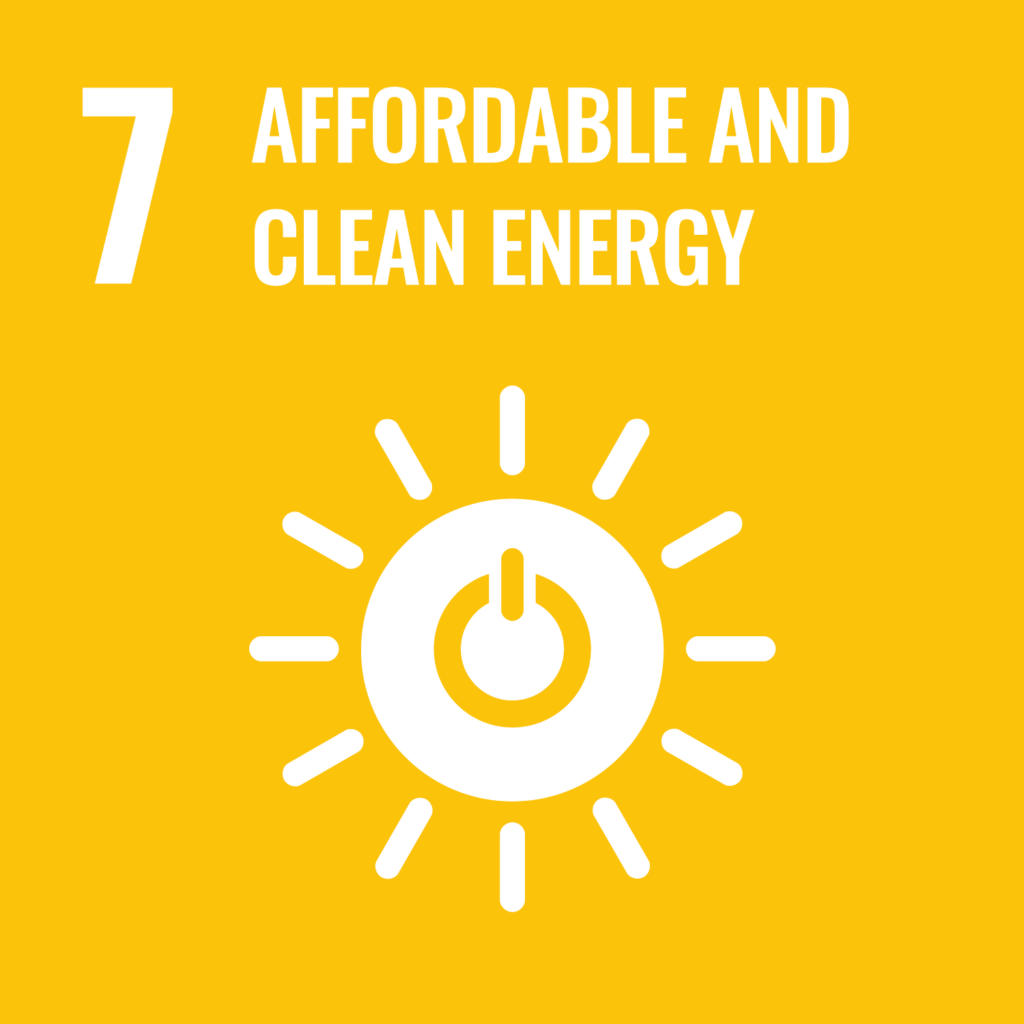
SDG 7 aspires to guarantee that everyone has access to cheap, dependable, sustainable, and modern energy sources. It emphasizes the necessity of growing renewable energy sources, boosting energy efficiency, and investing in energy infrastructure.
SDG 8: Decent Work and Economic Growth
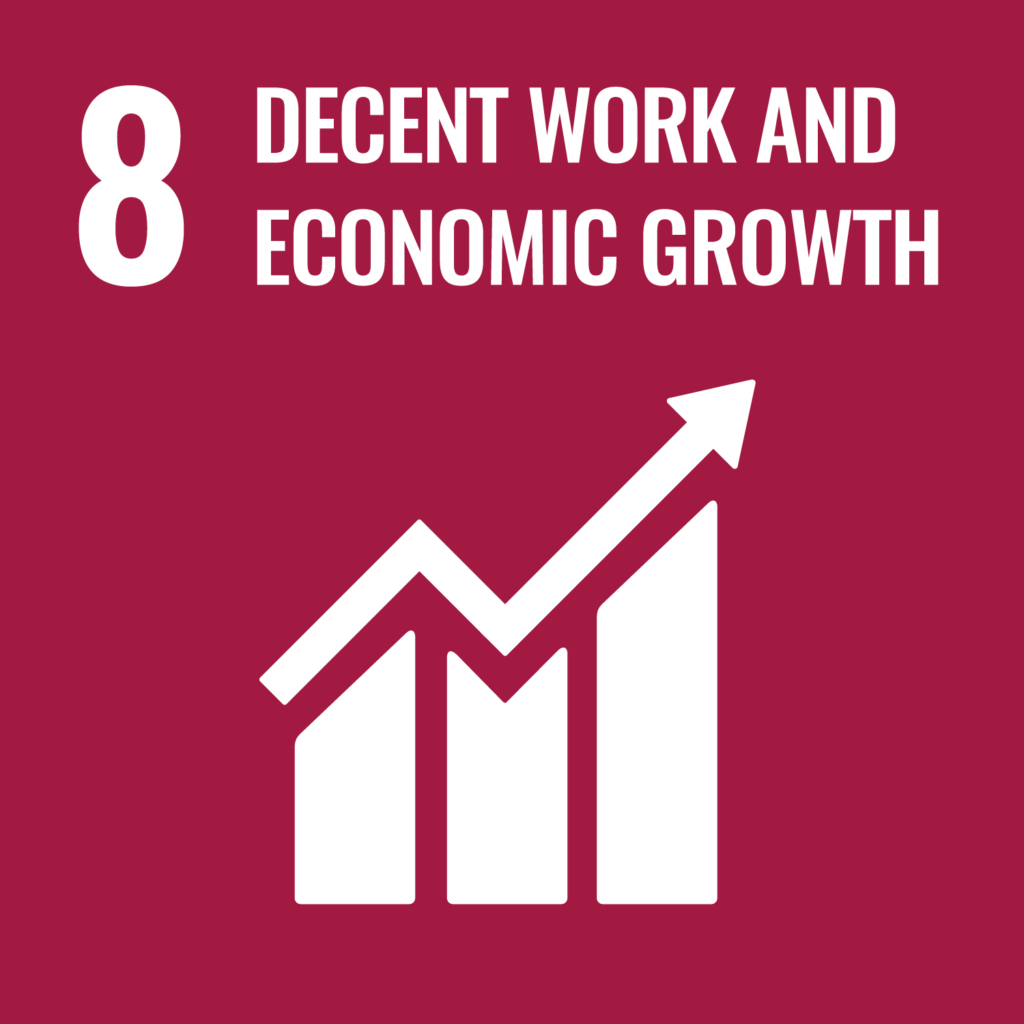
The objective is to foster long-term, inclusive, and sustainable economic growth, full and productive employment, and good jobs for everybody. It advocates for policies to increase economic productivity, generate employment, and safeguard workers’ rights.
SDG 9: Industry, Innovation, and Infrastructure
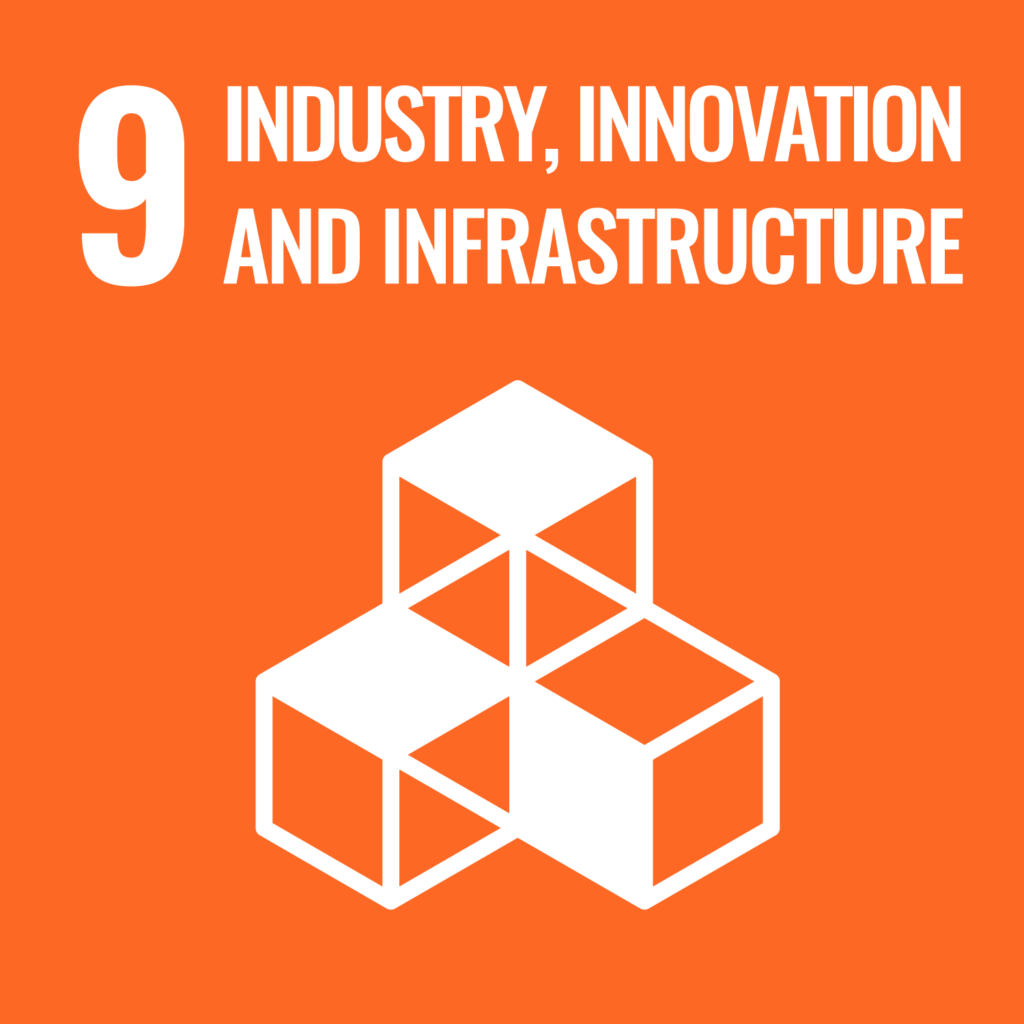
This objective aims to strengthen infrastructure, promote inclusive and sustainable industry, and support innovation. It highlights the need of creating high-quality, dependable, and long-lasting infrastructure, as well as supporting research and development.
SDG 10: Reduced Inequalities
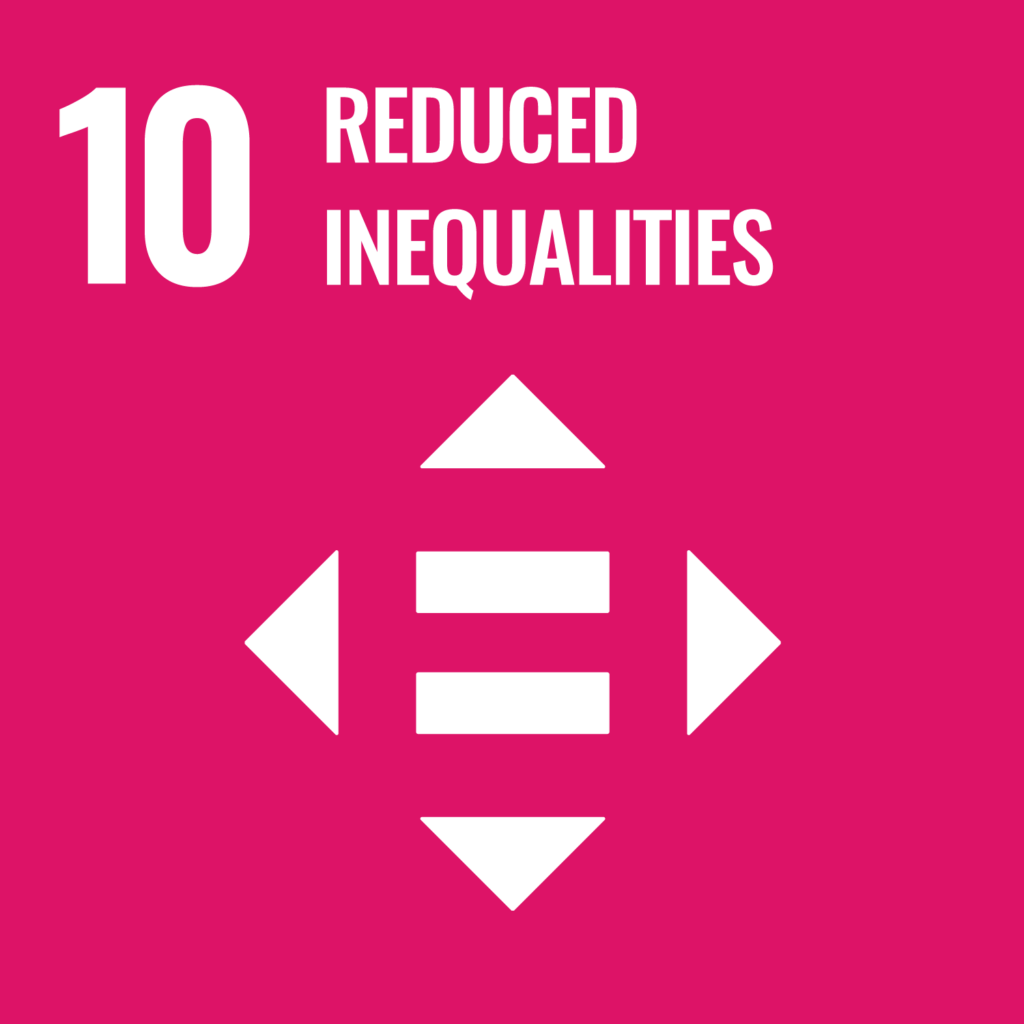
SDG 10 strives to decrease inequalities within and between nations. It advocates for policies and activities that reduce income inequality, promote social and economic inclusion, and assure equitable opportunity for all.
SDG 11: Sustainable Cities and Communities
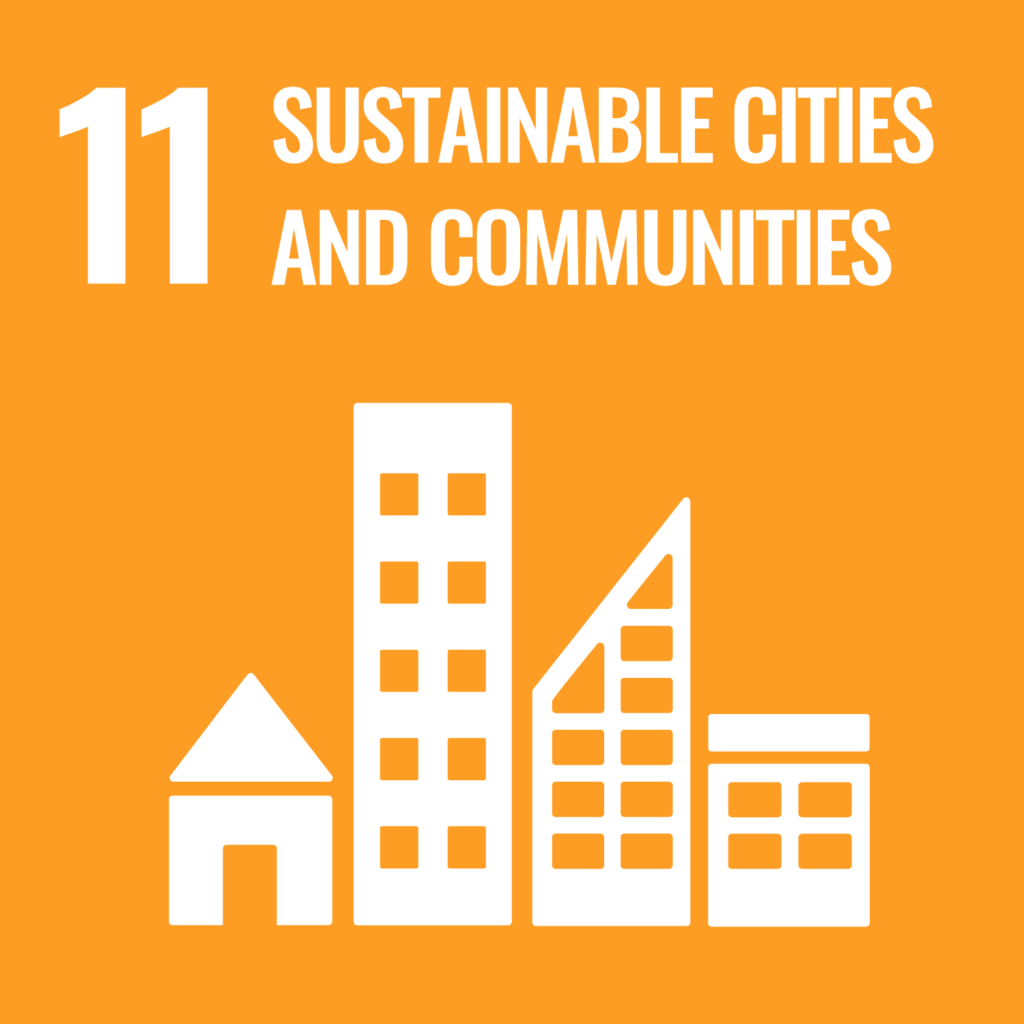
The objective is to create cities and human settlements that are inclusive, safe, resilient, and sustainable. It emphasizes the significance of affordable housing, improved urban planning, and lowering cities’ environmental effect.
SDG 12: Responsible Consumption & Production
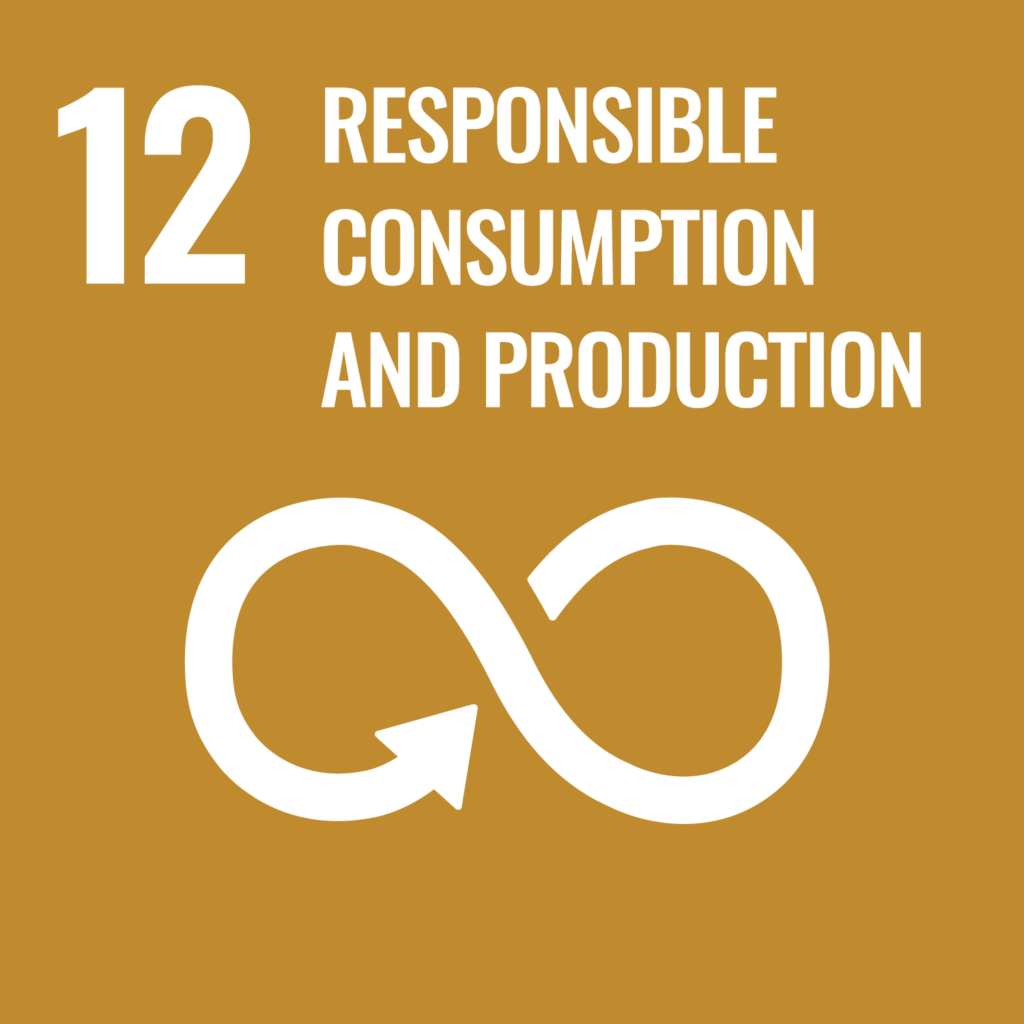
This objective is to ensure sustainable consumption and production patterns. It advocates for steps to decrease waste, improve resource efficiency, and promote sustainable practices across sectors.
SDG 13 – Climate Action
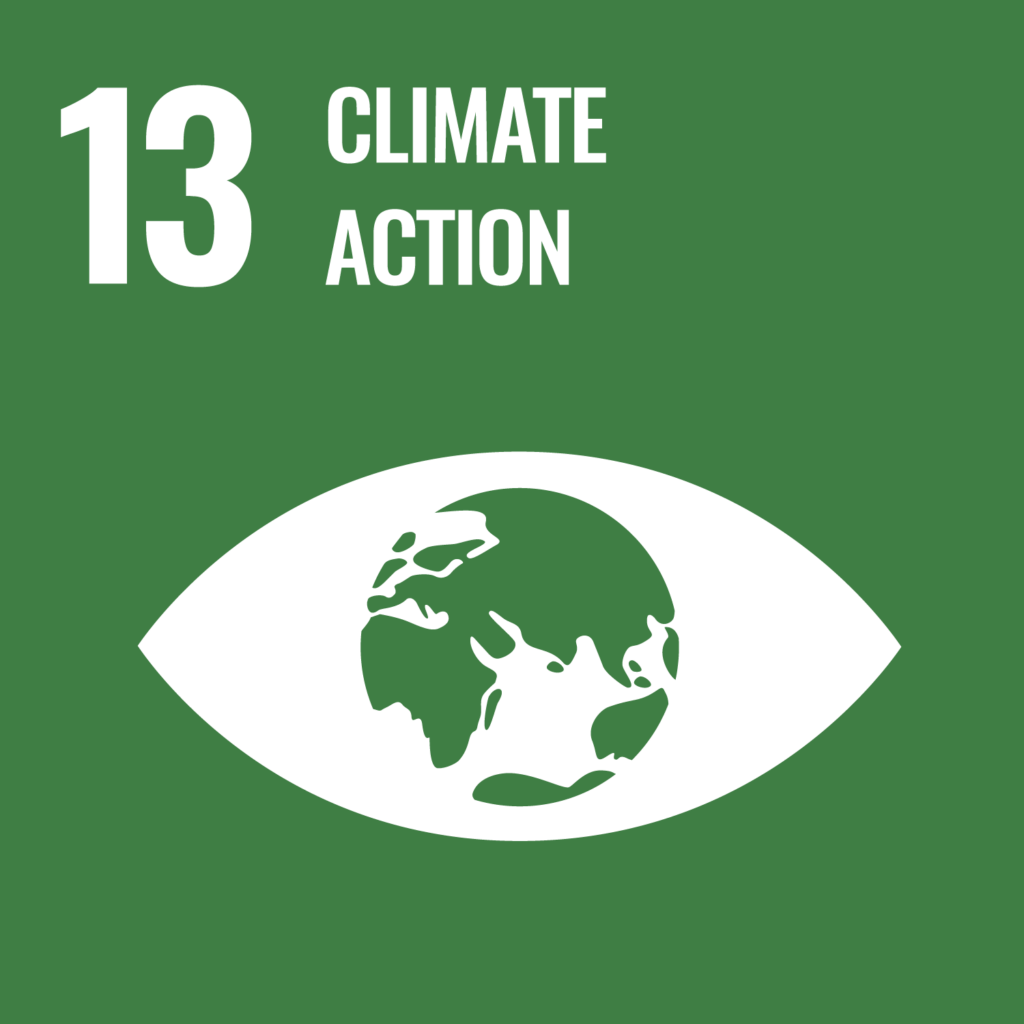
SDG 13 seeks urgent action to fight climate change and its consequences. It highlights the need of building resilience and adaptive ability to climate-related risks, as well as incorporating climate change mitigation measures into national policies and initiatives.
SDG 14: Life Below Water
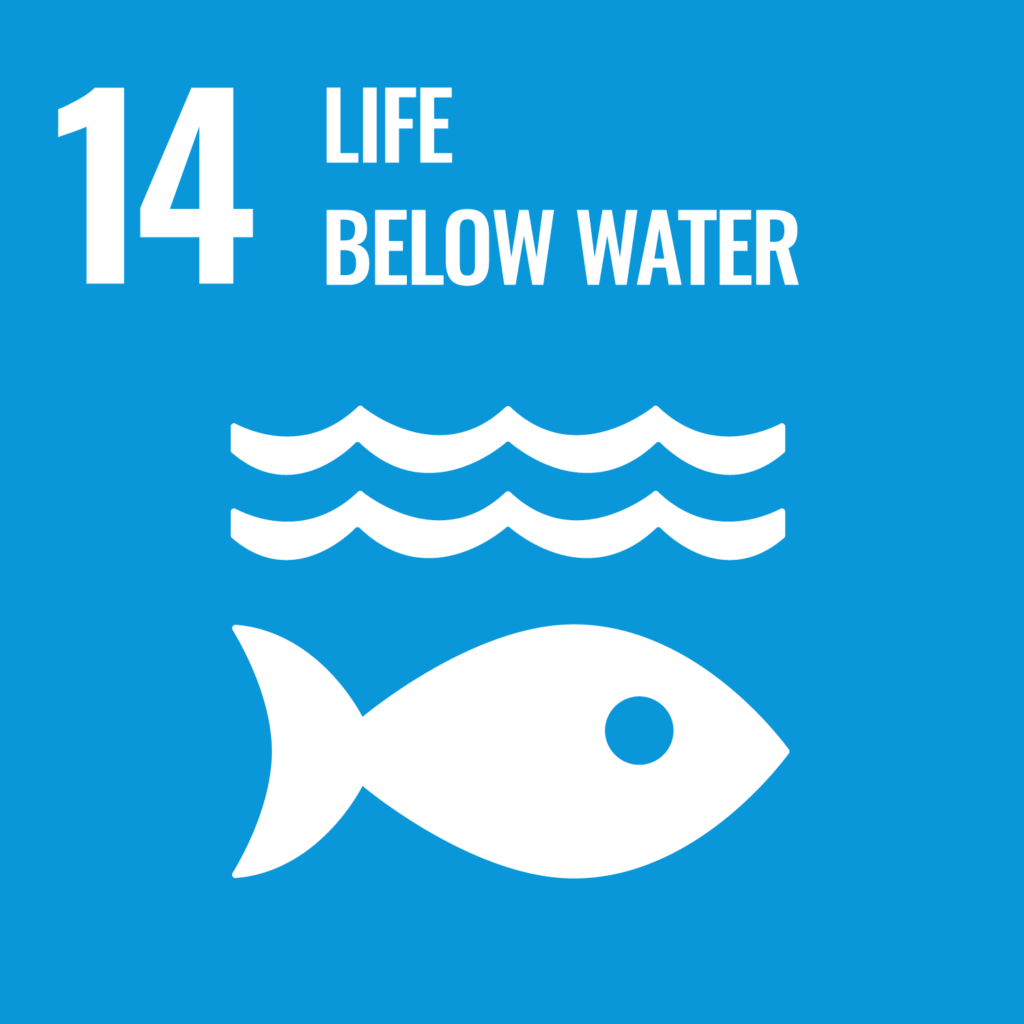
This aim focuses on conserving and using the oceans, seas, and marine resources in order to achieve sustainable development. It emphasizes the need of protecting marine ecosystems, reducing marine pollution, and promoting sustainable fishing practices.
SDG 15: Life on Land
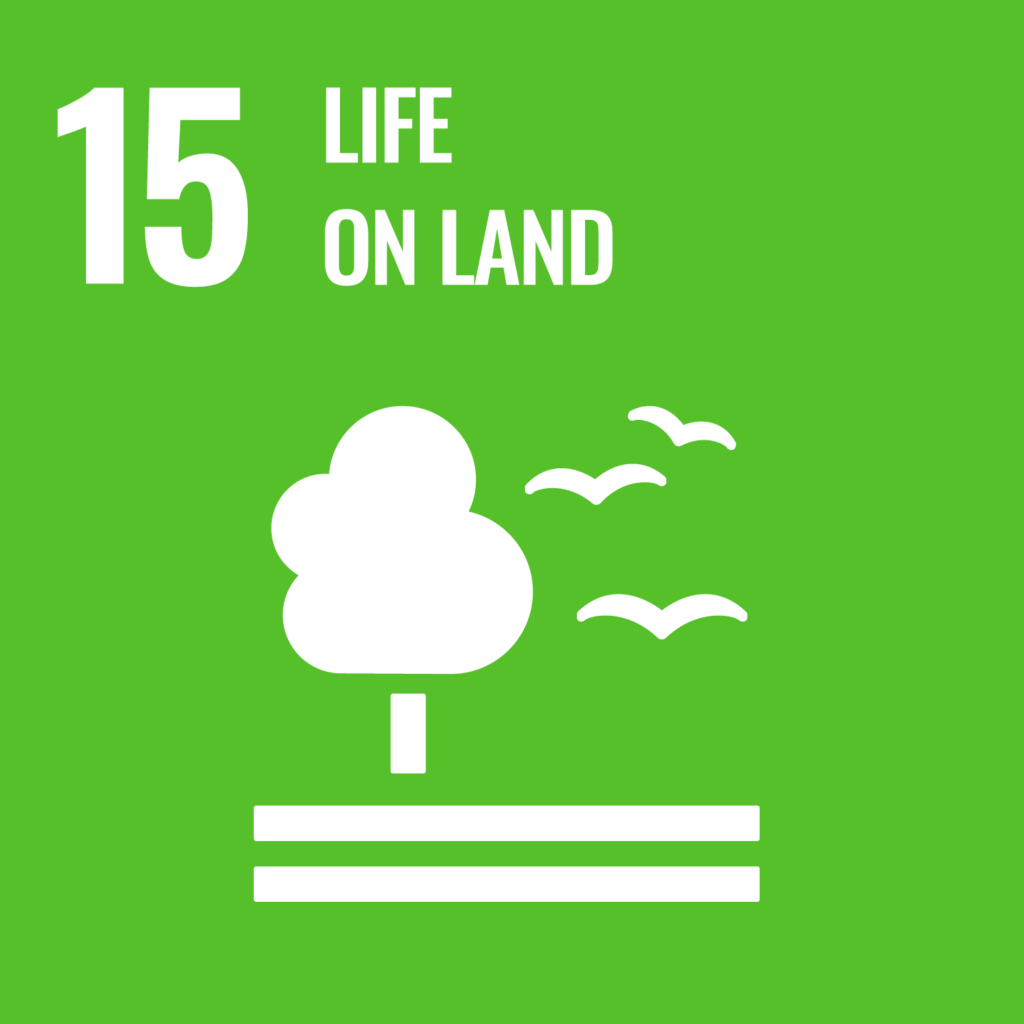
SDG 15 seeks to maintain, restore, and promote the sustainable use of terrestrial ecosystems, sustainably manage forests, prevent desertification, and halt biodiversity loss. It advocates for initiatives to safeguard natural ecosystems, prevent the illegal wildlife trafficking, and encourage sustainable land use.
SDG 16 – Peace, Justice, and Strong Institutions
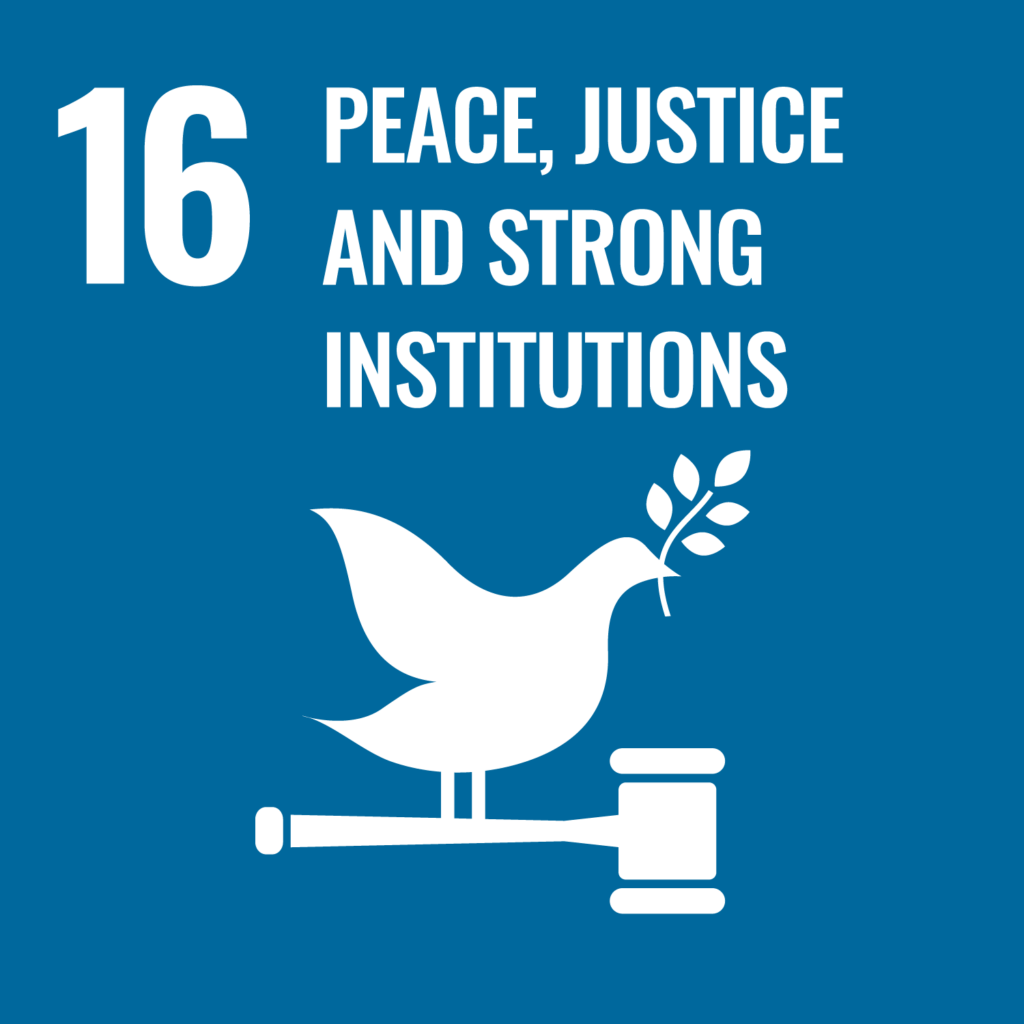
This aim focuses on fostering peaceful and inclusive communities, ensuring equal access to justice for everyone, and establishing effective, responsible, and inclusive institutions. It highlights the need of reducing violence, protecting human rights, and strengthening the rule of law.
SDG 17: Partnerships for Goals
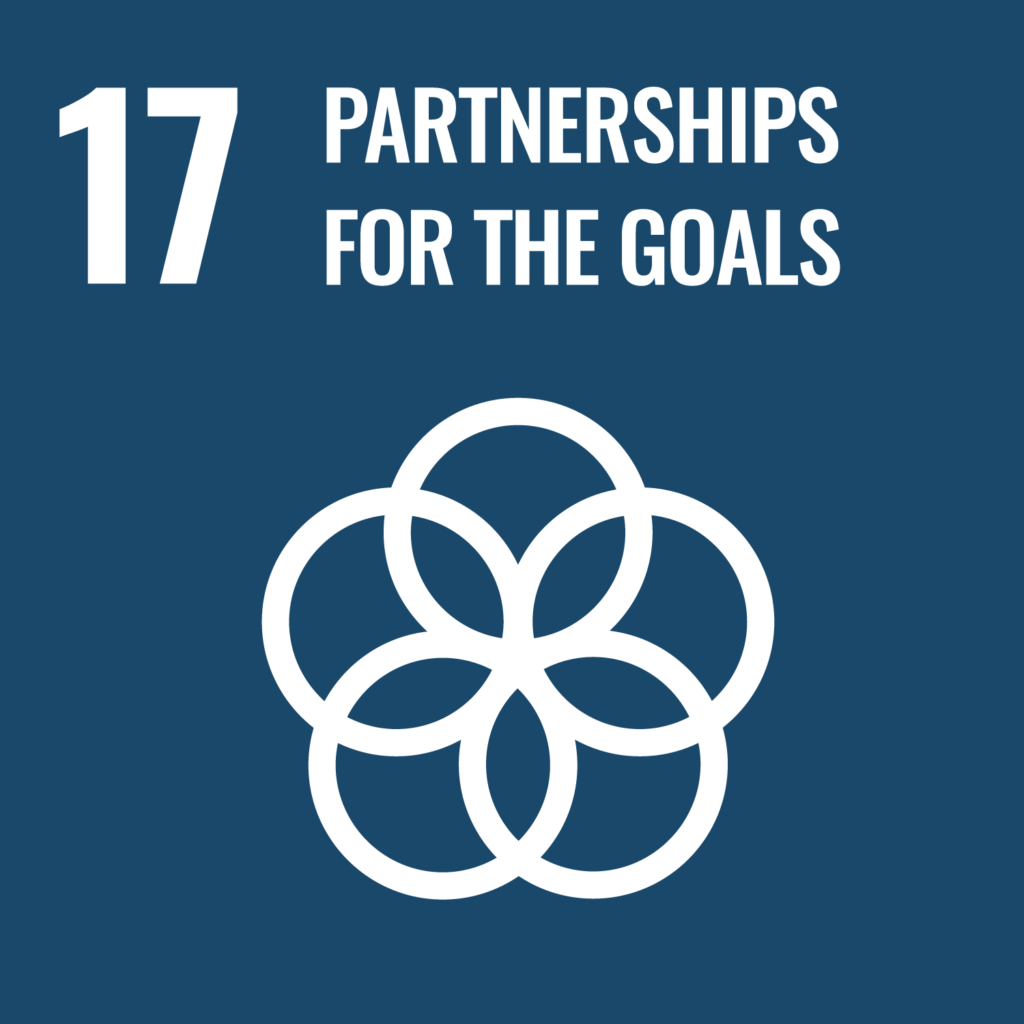
The fourth target underlines the importance of a worldwide collaboration to fulfill the SDGs. It advocates for enhanced collaboration among governments, the commercial sector, civil society, and other stakeholders, as well as the mobilization of financial resources, technology, and capacity-building to help achieve the goals.
Conclusion
The 17 SDGs present a comprehensive road map for global development, tackling the most pressing issues of our day. The SDGs, which range from eradicating poverty and hunger to fostering peace, justice, and environmental sustainability, provide a vision for a better future for everyone. To achieve these aims, governments, corporations, civic society, and people must work together. By aligning strategy with the SDGs and adopting specific steps, we can help to create a more sustainable and wealthy world by 2030.
To summarize, the 17 SDGs are more than simply objectives; they represent a call to action to alter our planet. They provide a strong foundation for solving the linked issues we confront and envisioning a future in which everyone may prosper. Whether you are a policymaker, a corporate leader, or a concerned citizen, the 17 SDGs provide a blueprint for making a good difference in the world.


